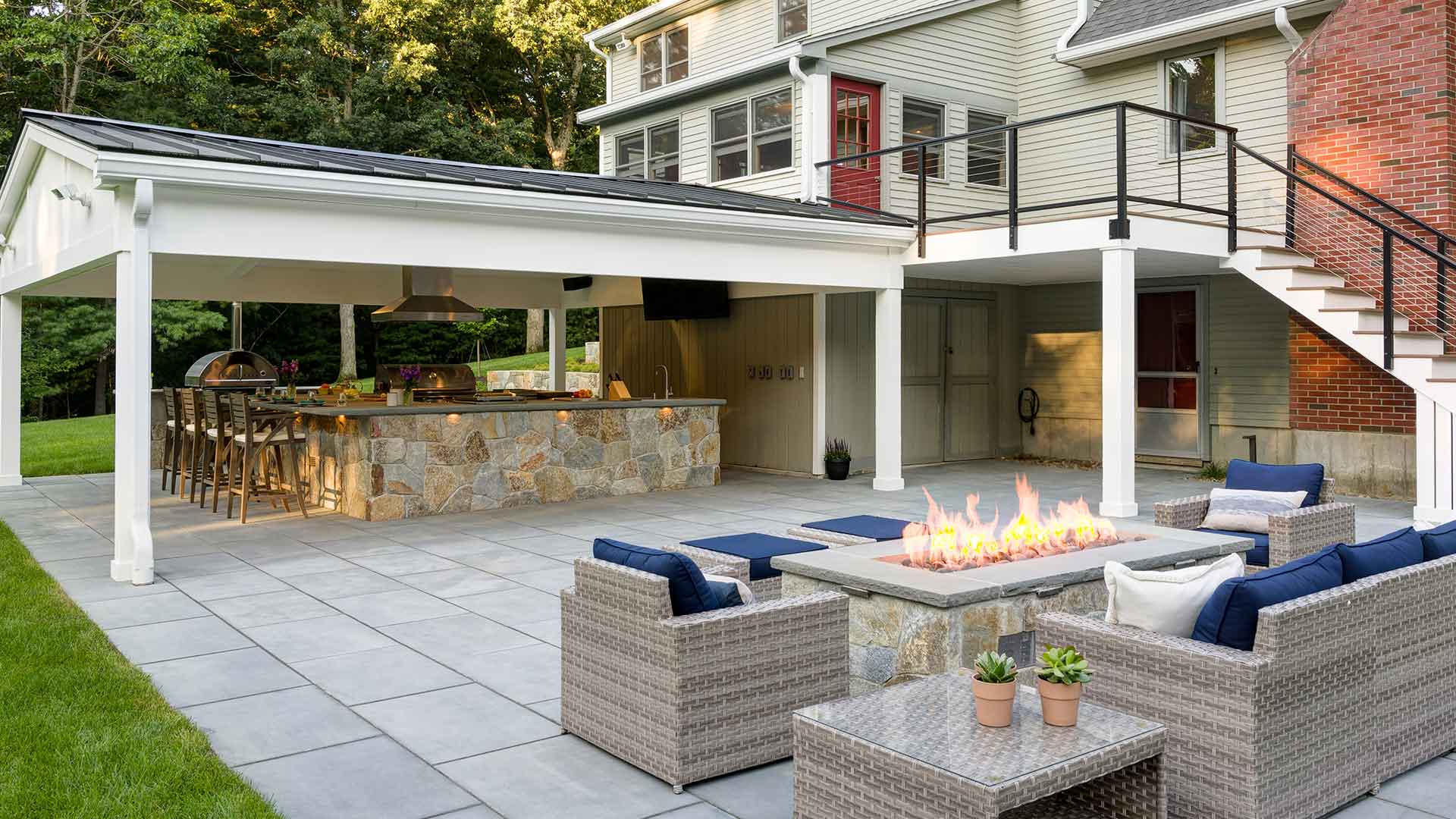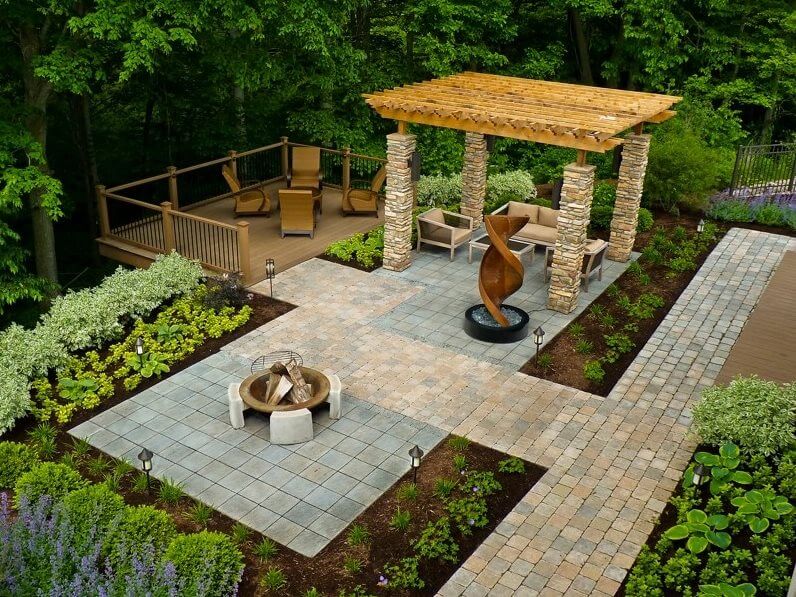The 25-Second Trick For Landscapers
The 25-Second Trick For Landscapers
Blog Article
Landscapers Fundamentals Explained
Table of ContentsLandscapers Things To Know Before You Get ThisLandscapers for BeginnersAll About Landscapers8 Easy Facts About Landscapers DescribedLandscapers for Dummies
- A tree or bush (bush) that loses its leaves in winter months. In the PNW there are semi-deciduous or semi-evergreen plants that may lose their fallen leaves depending on just how cold the winter season is. Abelia and some hebe are fine examples. Landscapers. - A level gathering room, constructed from wood or composite product (made to resemble timber), generally adjacent or attached to a structure.

- Granite that is weathered to the factor that it is a really fine accumulation. This is a natural procedure, and the outcome can be utilized for courses and patio areas. Decayed granite is usually referred to as DG. It is particularly helpful in modern landscapes. - Trick landscape functions being recommended in a landscape design strategy.
The Best Strategy To Use For Landscapers
These objectives direct the design process, not the designer's style or choices. Usual layout objectives in Portland are low maintenance, dry spell forgiving, and pet pleasant. - Process for eliminating or thinning the dead lower degree of a mature lawn. Thatch is lawn that has actually passed away and gathered below the environment-friendly blades.
However, in time this layer can get extremely thick and make it tough for water, sun, and nutrients to reach sections of the turf.- The procedure of collecting and regulating the flow of water on a building. This can be done with grading, French drains pipes, completely dry wells, permeable surfaces, sump pump, rainfall gardens, and extra.
- A slow feeding irrigation system that uses adaptable tubes and emitters to send an accurate quantity of water to each plant. - The capacity of a plant to survive without much summer water.
- A garden feature where water is stood for by an accumulated rock product, usually a crushed rock or granite. These are most generally located in modern-day and Japanese yard design.- A rock or flagstone patio, path, or walkway built without a concrete base. The base would be compacted crushed rock and the joints would certainly be an aggregate or walkable ground cover.
The Greatest Guide To Landscapers
- A stone maintaining or complimentary standing wall surface constructed without using mortar. A very skilled mason is needed for a completely useful site dry stack rock wall. The majority of wall surfaces in Portland are moist piled, also if they show up to be. - An underground framework that collect water and enables it to slow percolate right into the dirt around it.
Landscape design that is suitable with a websites' setting in both appearance and sustainability without unfavorable influences to the atmosphere. Edging in the landscape is a line of demarcation that develops aesthetic interest in the yard by separating one segment from one more sector. This can be aesthetic or practical, keeping one aspect (such as pea crushed rock) from getting combined into another (like bark dust).
Areas can likewise have a feeling of "room" supplied by trees, other growings, fencings, or screens. The landscape near the access to a building. A tree, bush or creeping plant, educated to expand on a wall surface or fencing right into a certain pattern. Specifically helpful for fruit trees, making it easy to harvest the fruit and having mess.
A plant that is foreign to the area where it will be planted. Not all "exotics" are invasive or hazardous, and lots of can be well behaved or dry spell tolerant (Landscapers). A mass growing of ferns. Thicker bladed lawn lawn that spread using rhizomes.: The degree of soil on your residential property before bark dust or compost is spread.
An Unbiased View of Landscapers

The objective, factor, or action that a location is be landscaped for. Space for growing plants for watching, eating, or physical task.
Rock product, either rounded or fractured, that is relatively tiny- normally 1" or much less. Low plants that are enabled or urged to top a location. Can describe any "hard" yard components consisting of statuary or stones yet the majority of frequently is utilized to describe courses, patios, and walls.: Height difference between the degree of water in a fish pond (or the degree of the pump if it sits outside the pond) and the top electrical outlet of water which influences performance of the water pump in gph (gallons per hour). Dense shrubs or trees that create a fence, display, or boundary.

Little Known Questions About Landscapers.
Conventional PNW landscapes are casual. A plant click now that spreads out more than preferred, or right into habitats where it does damage.
Smart irrigation controller reviews and referrals here. 2-D rendering of the recommended watering system. Can include head positionings and protection, pipe sizing, GPM specs, and products required to install this system. An irrigation strategy is generally unneeded for homes yet prevails for industrial jobs. Certified professional who develops landscapes, educated in engineering and architecture in addition to in gardening.
Landscape developers typically have less schooling than Landscape Architects and are not licensed. A finished landscape design, outlining all components for the brand-new landscape.
A water tight HDPE product made use of beneath fish ponds, streams and waterfalls in water features. Making use of several plantings of the same variety why not try these out to fill up in a location in the landscape.
Report this page